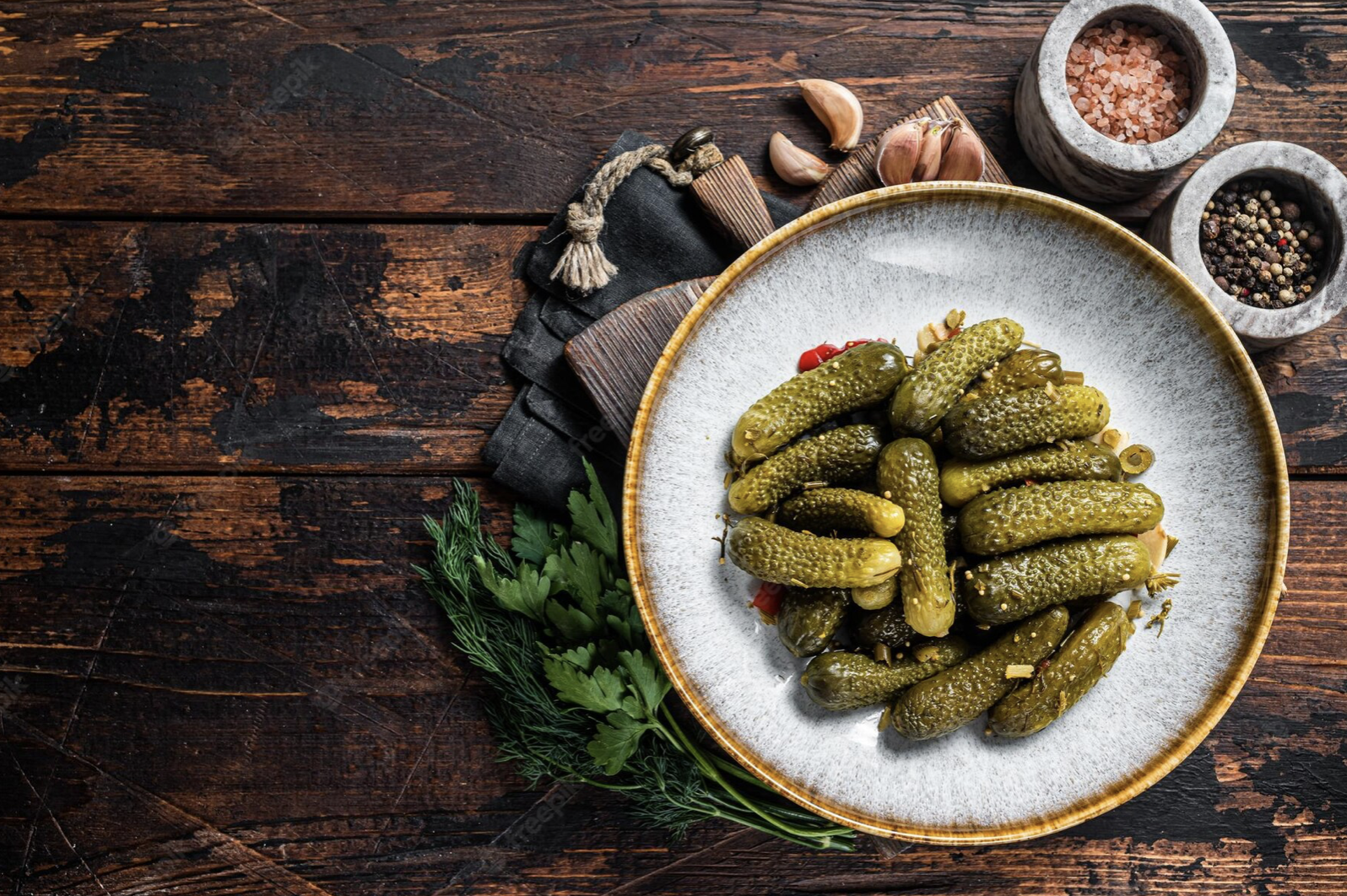When it comes to pickling, the brine solution is a crucial element that can make or break the final product. The brine is responsible for providing the necessary flavor and preserving the texture of the pickled vegetables or fruit. There are several factors to consider when choosing the perfect brine for pickling. This article will outline some of the most important considerations to keep in mind when selecting a brine solution for your pickling endeavors.
1. Acid content: One of the primary functions of the brine solution is to provide the necessary acidity to preserve the pickled vegetables or fruit. The most common acids used in brine solutions for pickling are vinegar and citrus juice. The type of acid you choose will depend on your personal preference and the type of pickled product you are making. For example, vinegar is a popular choice for pickling cucumbers, while citrus juice is often used for pickling fruits such as apples or peaches.
2. Salt content: The salt content of the brine solution is another important factor to consider. Salt serves two primary purposes in the brine solution: it helps to preserve the pickled product and it adds flavor. The amount of salt you use will depend on your personal preference and the type of pickled product you are making. For example, a higher salt content may be necessary for pickling vegetables such as cucumbers, while a lower salt content may be more appropriate for pickling fruits.
3. Sweeteners: Some brine solutions for pickling include sweeteners such as sugar or honey. The addition of a sweetener can help to balance out the acidity of the brine and add an additional layer of flavor to the pickled product. The amount of sweetener you use will depend on your personal preference and the type of pickled product you are making. It is important to be mindful of the sugar content of your brine solution, as too much sugar can lead to a softer, less crunchy pickled product.
4. Spices and herbs: The brine solution is a great opportunity to add additional flavor to your pickled product. A variety of spices and herbs can be added to the brine solution to create unique and interesting flavor combinations. Some popular choices for pickling brines include mustard seeds, dill, coriander, and peppercorns. When adding spices and herbs to your brine solution, it is important to consider the flavor profile of the pickled product and choose spices and herbs that will complement rather than overpower the natural flavors.
5. Sterilization: It is important to sterilize the jars and utensils you will be using for pickling to prevent the growth of bacteria. This is particularly important when making fermented pickles, as the brine solution is not heated and the pickled product is left to sit at room temperature for an extended period of time. To sterilize the jars, you can either boil them in water for 10 minutes or place them in a dishwasher on the sterilize setting. Utensils such as tongs and ladles can be sterilized by boiling them in water for a few minutes.
6. Water quality: The quality of the water you use in your brine solution can have an impact on the final product. It is best to use filtered or bottled water to ensure that impurities and contaminants are not present in the brine solution. This is particularly important when making fermented pickles, as the brine solution is not heated and the pickled product is left to sit at room temperature for an extended period of time.
In conclusion, there are several important considerations to keep in mind when choosing the perfect brine solution for pickling. The acid content, salt content, and sweeteners.
Important Considerations When Choosing the Perfect Brine
